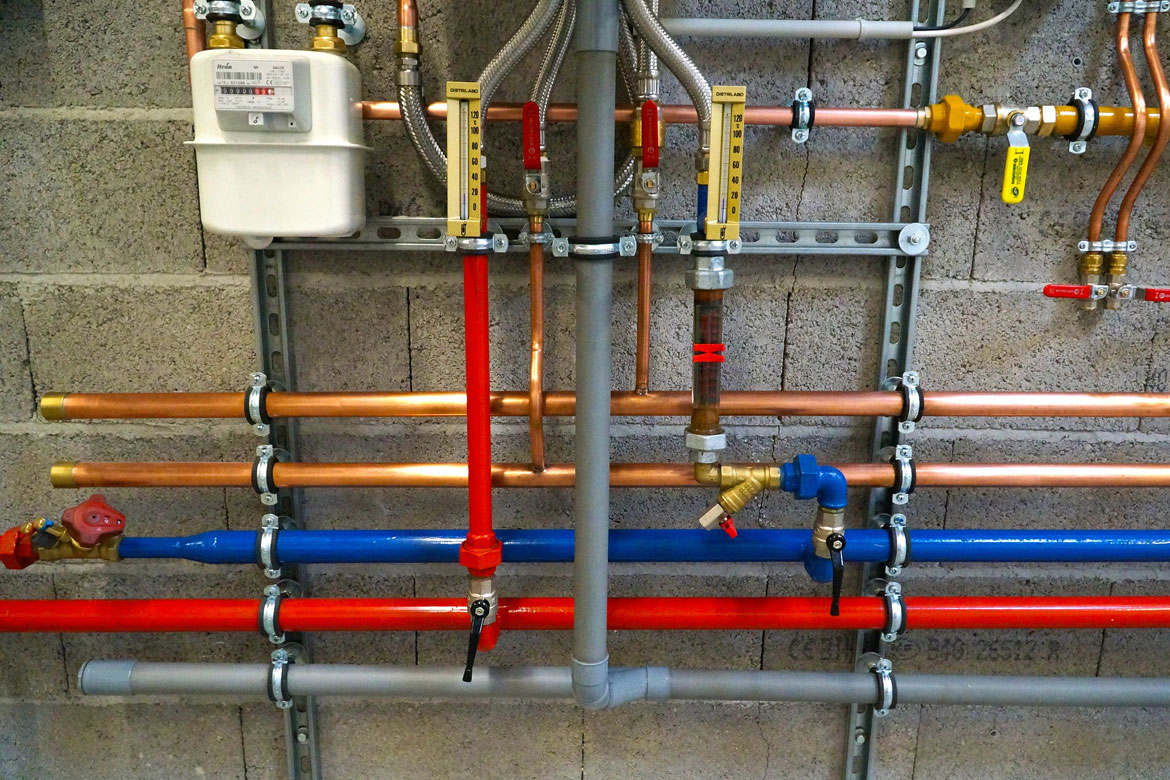Index Surge: Amplifying Your Insights
Stay updated with the latest trends and news across various industries.
When Your Pipes Go Rogue: Plumbing Repair Fails and Fixes
Discover shocking plumbing repair fails and learn valuable fixes to keep your pipes in check. Don't let rogue pipes ruin your day!
Top 5 Plumbing Repair Mistakes and How to Avoid Them
When it comes to home maintenance, plumbing repairs are often at the top of the list for homeowners. However, many people make common mistakes that can turn simple fixes into costly disasters. Here are the top 5 plumbing repair mistakes to watch out for:
- Ignoring minor leaks
- Using the wrong tools
- Over-tightening fittings
- Neglecting to turn off water supply
- Relying on quick fixes
To avoid these pitfalls, it's essential to take a proactive approach to your plumbing repairs. First, always address minor leaks promptly to prevent bigger issues in the future. Second, familiarize yourself with the proper tools needed for plumbing tasks, as using the wrong ones can lead to damage. Remember, over-tightening fittings can strip threads and cause leaks, so always follow manufacturer instructions. Don't forget to turn off the water supply before starting any repair work, and steer clear of temporary solutions that might save time but will cost more money in the long run.

Emergency Plumbing: Quick Fixes for Rogue Pipes
When dealing with emergency plumbing situations, quick fixes can make all the difference. Leaky pipes often lead to water damage and escalating repair costs, so it’s essential to act swiftly. Start by turning off the main water supply to prevent further flooding. Once the water is off, gather some basic tools: a bucket, plumber's tape, and a wrench. If it’s a minor leak, place the bucket under the leak to catch drips, and use plumber's tape to seal any small gaps. This temporary fix can buy you time until you can call a professional.
For slightly more complicated issues, you may need to disconnect and re-tighten pipes. Here’s a quick guide:
- Identify the source of the leak.
- Turn off the water supply.
- Use a wrench to check connections and tighten them.
- If the pipe is cracked, consider using epoxy putty as a temporary fix.
Remember, while these quick fixes are helpful, they are not replacements for professional plumbing services. Always keep contact information for a reliable plumber on hand for emergencies.
What to Do When Your Plumbing Goes Awry: Step-by-Step Solutions
When you encounter plumbing issues, it’s essential to remain calm and systematically address the problem. Step 1: Identify the type of plumbing issue you are facing, whether it’s a clogged drain, a leaky faucet, or a burst pipe. Step 2: Immediately turn off the water supply to prevent further damage. Locate the main shutoff valve, typically found near your water meter or where the main water line enters your home.
Next, Step 3: assess the situation and gather the necessary tools, such as a plunger, wrench, or bucket, depending on the problem at hand. Step 4: For minor clogs, use a plunger or a plumber's snake to clear the blockage. If you’re dealing with a leaky pipe, tighten any loose fittings or use plumber's tape as a temporary fix. Step 5: If these remedies do not resolve the issue, it's advisable to call a professional plumber to ensure a thorough repair and prevent potential water damage.